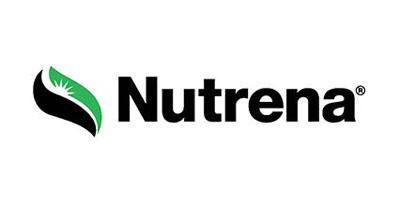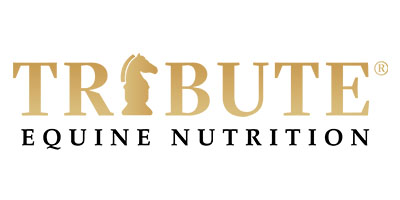{article.name}
Stay Informed
The Importance of Feed over Forage in Horse Diets

- Share this:
- Share on Facebook
- Pin on Pinterest
- Tweet on Twitter
Horses evolved over millions of years as grazers, roaming around selecting the best forages they could find. While they did eat seeds growing on those plants, they did not take in large quantities of seeds or grain at a single meal. So, why do we feed horses grain at all?
Throughout history, horses that worked for a living; such as horses that pulled chariots, carriages, delivery carts or those used in the cavalry; have all been fed grain. Because grain is a more concentrated energy source, containing more calories per pound than forages, working horses could take in enough calories to support their physical demands by eating grain.
As knowledge of horse nutrition has advanced, we’ve come to realize that energy isn’t the only limiting nutrient in an all-forage diet. Depending on the forage and the lifestyle of the horse, protein, vitamins and minerals may also be lacking. So horse feeds have evolved from a single grain like oats or corn to multiple grain mixes, and now, even better, grains mixed with other ingredients to provide a complete complement of nutrients. Today we have grain mixes that provide balanced nutrition for horses of different lifestyles such as growing, breeding, and performance horses. These grain mixes are designed to be fed with a minimum of 1% of the horse’s body weight in hay or equivalent pasture. That is a minimum of 10 lbs of hay for a 1000 lb horse, which provides the amount of fiber necessary for maintaining normal activity and digestive functions in the horse’s intestines.
Special Offers
We are constantly adding new specials to our site. Be sure to check back often!




Comments